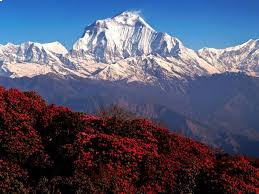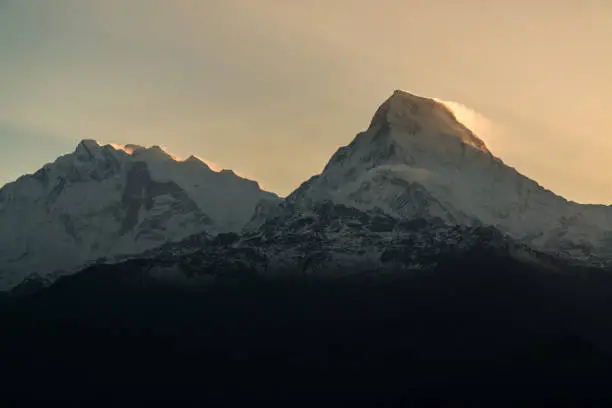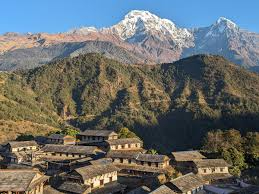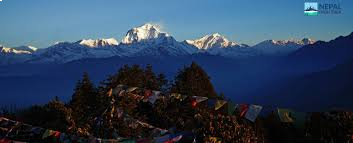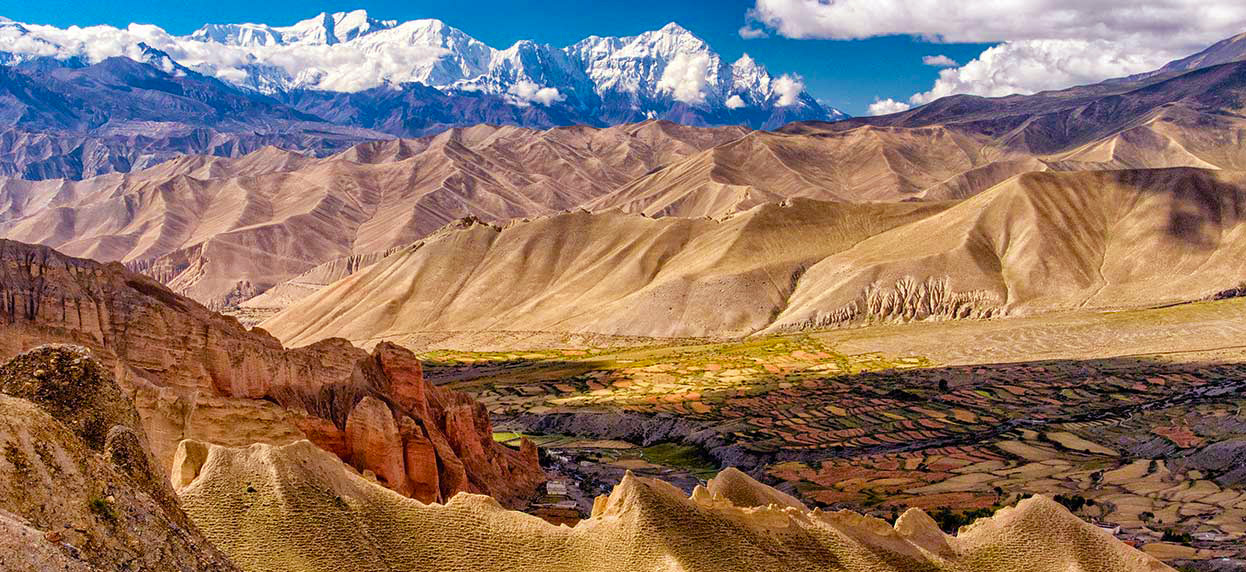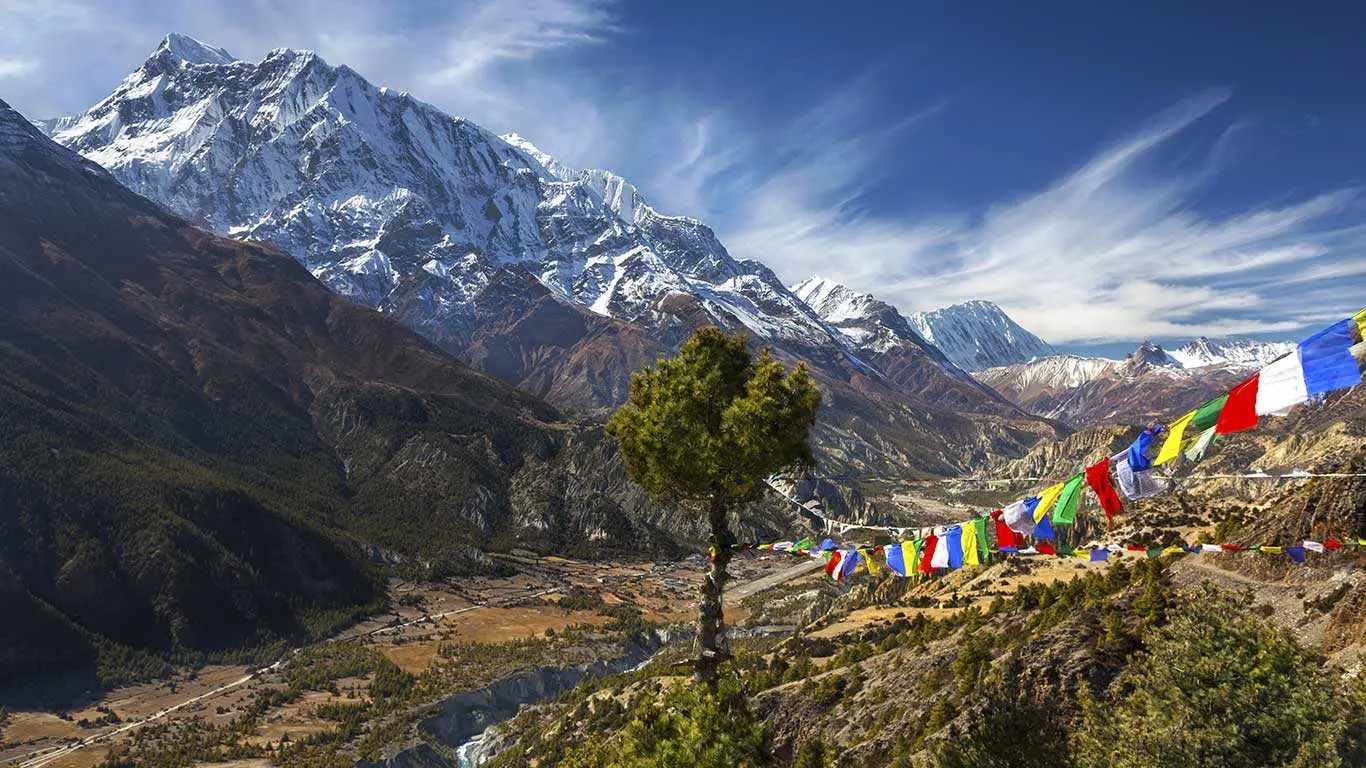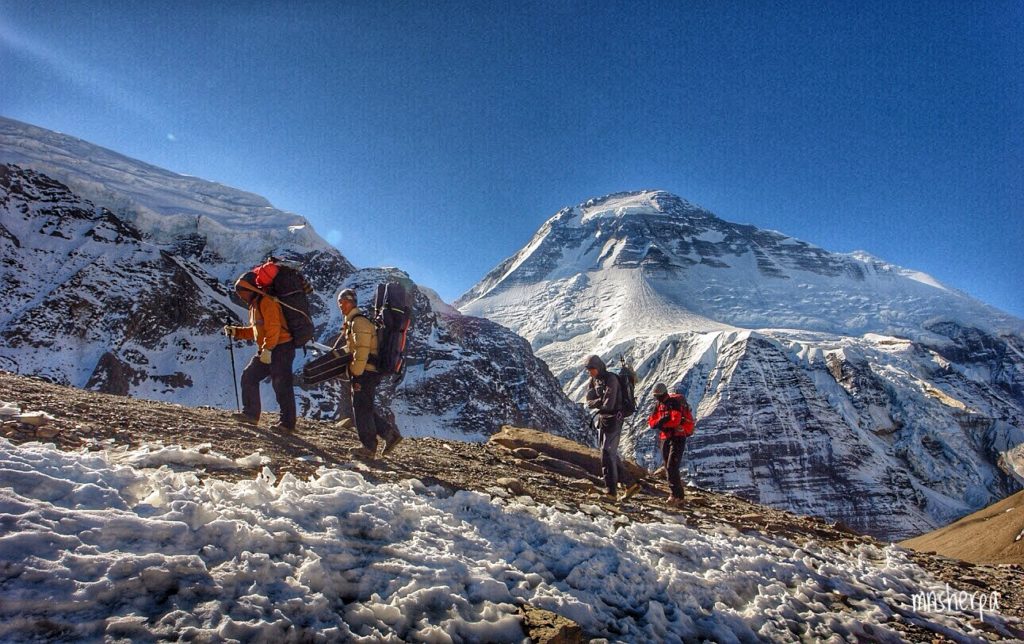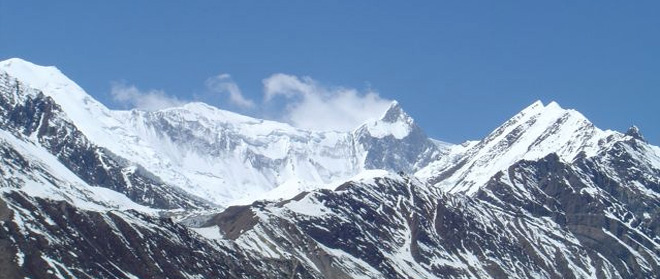The Ghorepani Poon Hill Trek, also known as the Ghorepani Trek, is one of the most popular short treks in the Annapurna region of Nepal. Ideal for beginners, families, and those short on time, this trek offers a perfect blend of natural beauty, rich cultural experiences, and breathtaking Himalayan views.
The highlight of this trek is undoubtedly Poon Hill (3,210m) – a famous viewpoint that offers panoramic sunrise views of some of the world’s highest peaks including Annapurna I (8,091m), Dhaulagiri (8,167m), Machhapuchhre (6,993m), and Nilgiri. Watching the golden rays of sunrise strike the snow-capped peaks is a moment you’ll never forget.
Why Choose the Ghorepani Trek?
This trek is known for its well-maintained trails, comfortable teahouses, and friendly local communities. As you ascend through lush rhododendron forests, terraced farmlands, and traditional Gurung and Magar villages, the region comes alive with cultural vibrancy and natural charm.
The trail passes through beautiful villages like Tikhedhunga, Ulleri, Ghorepani, and Ghandruk, where trekkers can experience local hospitality and learn about the unique lifestyle of mountain communities. During spring (March to April), the hills bloom with colorful rhododendrons, creating one of the most scenic trekking routes in Nepal.
Who Is This Trek For?
The Ghorepani Trek is perfect for trekkers of all ages and fitness levels. With a maximum altitude of just over 3,200 meters, there’s a very low risk of altitude sickness, making it a safe and comfortable trek even for first-time hikers and families with children.
Trip Highlights
- Spectacular sunrise from Poon Hill
- Traditional Gurung and Magar villages
- Rich rhododendron forests (especially beautiful in spring)
- Panoramic views of Annapurna and Dhaulagiri ranges
- Safe and suitable for families and beginners
- Comfortable teahouse accommodations
Best Time to Trek
- Spring (March to May) – Best for rhododendron blooms and clear views.
- Autumn (September to November) – Stable weather and excellent mountain visibility.
- Winter (December to February) – Quiet trails with snowy scenery but colder temperatures.
- Monsoon (June to August) – Trails are slippery and cloudy; not recommended.

